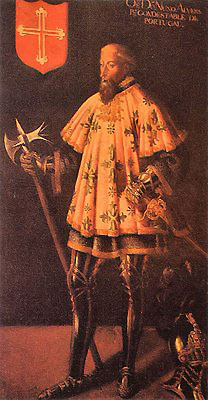 |
| Count Saint Nuno Alvares Pereira |
Saint Nuno was born and grew up outside Ourem near Fatima where Our Lady appeared in 1917, and from his youth, he had an ardent devotion to her, the Rosary and to the Brown Scapular. During the 14th century, Portugal had nearly become a province of the Kingdom of Castile. Spain had already defeated Portugal’s armies, and the Portuguese court was weak and decadent. Most of Saint Nuno’s life was spent fighting the Spanish to preserve Portuguese independence. His most important battles were Atoleiros, Aljubarrota (very near Fatima), and Valverde inside of Spain.*
The Battle of Atoleiros
When John I was proclaimed king of Portugal, a Castilian army immediately entered the Portuguese provinces south of Lisbon. King John asked Count Nuno to put together an army to face the Spaniards, which he quickly did. By the time Count Nuno reached Estremoz, he had 300 horsemen and 1000 infantrymen. The Castilians had 5000 soldiers commanded by their best captains. Count Nuno realized the danger of his situation and also that the greatest danger was discouragement, so he gave a short speech saying that if the Castilians were many, the more honor there would be for the Portuguese. He told anyone who was afraid to leave before the battle. Not one abandoned him.The Holy Count had to adopt novel tactics at the battle of Atoleiros because of the odds. He formed his cavalry into a square and surrounded the outer edges with infantry holding lances. Behind each lancer, there was another man ready to pick up the lance if the first lancer were wounded or killed. Count Nuno rode in the middle of the square, giving orders and encouraging everyone. Immediately before the battle, he spoke again to his soldiers, and then jumped off his horse and knelt before his banner that had Our Lady at the foot of the Cross on one side and the Nativity on the other. The whole Portuguese army followed suit, and knelt and prayed before the standard. When they heard the roar of the advancing Castilian army, Count Nuno leapt onto his horse. The Portuguese responded to the Castilian war cry with “Portugal! Saint George!”
The Castilians thought the poorly armed Portuguese cavalry would not withstand the cavalry charge. They were so sure of this that they advanced without a plan. Upon the first impact, the Castilian horses were impaled upon the row of lances. Then the Portuguese rained arrows on the Castilian troops that were behind the stalled cavalry. Confusion, and then terror, spread through the Castilian ranks. The Castilian soldiers saw many of their leaders dead and began to flee. Count Nuno ordered the cavalry to give chase. Without the protection of their own cavalry, the Castilian soldiers did not stand a chance.
This was the first Portuguese victory under the new king, and the victory gave him time to unite the country and prepare for the larger attack.
The day after the tremendous victory of Atoleiros, Count Nuno made a six-mile pilgrimage barefoot, over cobblestones and rough terrain, to a nearby shrine of Our Lady in thanksgiving for her help. Upon arriving at the shrine, he found it dirty and profaned. The Castilians had quartered their horses in the church! With his own hands, he cleaned out the church and vowed to build an even more awesome shrine in her honor.
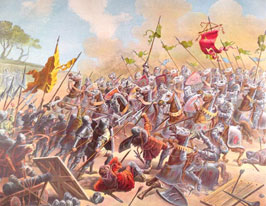 |
| The Battle of Aljubarotta |
Despite several Portuguese victories, Castile continued to attack. Now, an army of 30,000 strong invaded Portugal and used scorched-earth tactics.
Count Nuno rushed with his army to the area outside of Leiria. Everyone knew this was to be the great, decisive battle of the war. When his cavalry arrived ahead of schedule at Aljubarotta, the king of Castile thought he found his chance to take Count Nuno off guard and kill him.
It was August 14, 1385, the eve of the feast of Our Lady’s Assumption, and the Portuguese army was fasting in preparation for the feast. Once again, Count Nuno had a much smaller army, this time 8,000 Portuguese. The two armies maneuvered throughout the day to get into favorable positions. Once again, the Castilian cavalry charged into the Portuguese square formation. This time they almost broke through, but Count Nuno ordered the Portuguese cavalry he held in reserve on the flanks to attack. This saved the Portuguese square, but the situation was desperate.
The king of Castile ordered his reserves to attack, but they hesitated. In vain, the Castilian nobles tried to push them to the attack, but the troops in the rear began to flee. The Castilian king’s last option was to order another cavalry force to charge the Portuguese from the rear. Count Nuno, however, saw this coming and had a wall of lances ready to face the charge. After more brutal hand-to-hand fighting, the Castilian force also fled. Just then the main body of the Castilian infantry arrived at the battlefield. They retreated in disorder with the others to Leiria.
Out of gratitude for this great victory, King John built the great Gothic monastery of Batalha.
The Battle of Valverde
Next, the Portuguese army split in two. King John took half the army to northern Portugal to expel the Spaniards and the Holy Count went to the south. From the Spanish border, Count Nuno sent a message to the king of Castile that if he did not immediately recognize Portugal as an independent kingdom, he then would take the battle to Spanish soil. Count Nuno entered Spain and took control of several cities. He again divided his army, taking only about 300 knights to the Castilian camp. He hoped to lure the Castilians into a battle and then have the rest of his army launch a surprise attack. The Spaniards were in a strong strategic position on a hill across the river from Nuno and his men. The Spaniards sent half of their army to circle behind the Portuguese to attack from the rear. The prospects were grimmer than Atoleiros and Aljubarotta, and Count Nuno prayed as never before.
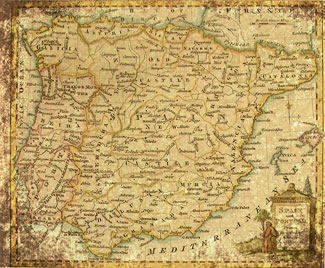 |
| A map of medieval Portugal and Spain |
The Carmelite Constable
 |
| St. Nuno in the habit of a Carmelite donato. |
* For an account of Saint Nuno Alvarez Pereira’s life, see John Haffert, The Peacemaker Who Went to War: The Life of Blessed Nun’Alvarez Pereira, Precursor of Our Lady of Fatima. |
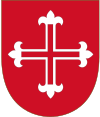



 LinkBack URL
LinkBack URL About LinkBacks
About LinkBacks

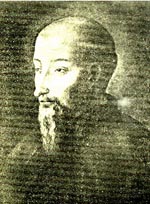
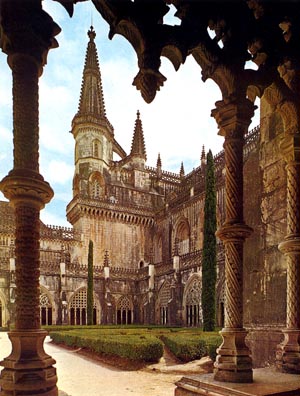
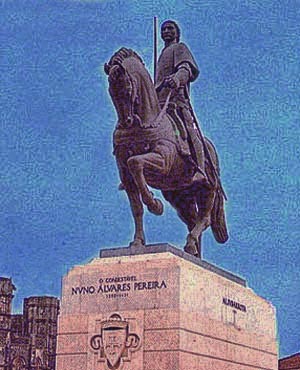
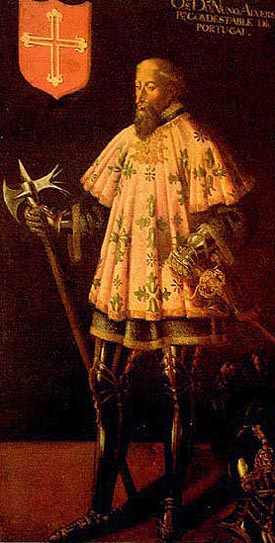

 Citar
Citar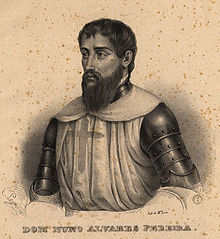


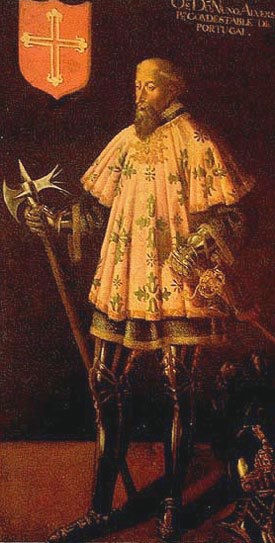




Marcadores